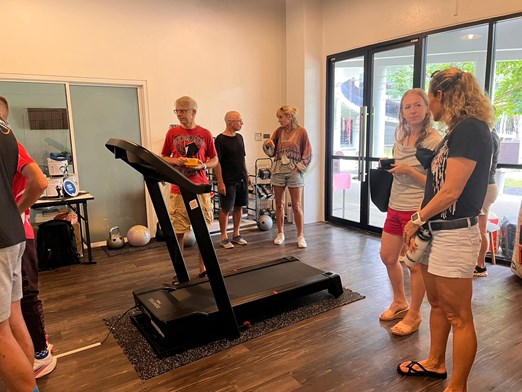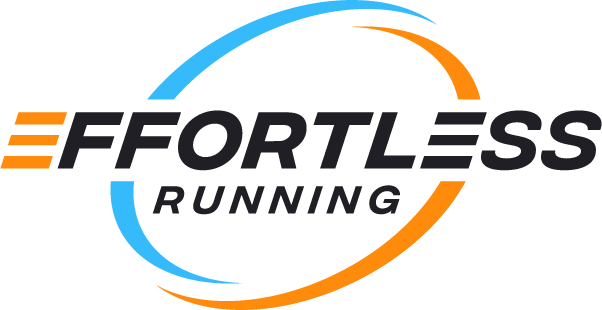Running, walking, and simply standing for a prolonged period of time is hard work. Ask anybody who has been on their feet for the day if they would like to have a seat and I am sure the answer is a resounding "Yes, please".

A precariously balanced Jenga tower
Our muscular system is constantly trying to balance and support the awkwardly unstable position our skeleton is in when we are upright. Being bipedal (walking on two feet) has given us many advantages. We can, for example, use our arms more freely now and with the nifty trick of developing opposable thumbs, we can truly put those liberated upper body limbs to good use!

But alas, the perk of being able to hold a nice cold drink in your hand on a hot summer's day comes at a cost. Like most things in nature, there is a trade-off to the advantage of standing tall and freeing up our hands. The downside of standing up is that we are forced to stack bones and joints on top of each other in a very precarious way. Our skeletal make-up looks a bit like a Jenga tower close to the end stage of the game. The tower, our bodies, are constantly swaying back and forth. And if we are not careful, we could topple over at any point throughout the day. Lucky for us, our sensory systems and our muscles help keep the Jenga tower upright. Most of the time...
Alignment matters
Oftentimes we are out of alignment. It's hard to stand tall with your bones perfectly stacked on top of each other. And when that happens, our muscles have to work hard to prevent us from falling over. At the end of a long day, all that keeping your skeleton upright gets exhausting and we start to feel tired, and muscles become fatigued. Hence, the "Yes, please" on the 'why don't you have a seat'-question.
One of the best ways we can help prevent that fatigue is by checking your alignment regularly. Unknowingly, you will adjust to a certain posture and perceive this as the normal, resting position of the body. A good example of this is the so-called forward head posture. When a person maintains good posture, their head aligns vertically with the spine. Forward head posture (FHP) occurs when a person is leaning their head forward, out of neutral alignment with their spine. When out of alignment is can cause a variety of issues and has some of your posterior (back) muscles working overtime to keep your head where it is supposed to be.
Further down the chain of your body, other alignment issues may occur. You might have a left-right imbalance where you lean over to one side too much. That necessitates the muscles on the other side of your body to work extra hard to keep you from falling over and those muscles will inevitably become quite tight. Anywhere where there is a range of motion, your muscles must work to keep your skeleton in check. Shoulders, spine, hips, knees and ankles are all areas where alignment issues may occur. A posture screen helps determine whether you have any alignment issues and how to mitigate them.

Making matters worse?
As if standing upright isn't enough of a balancing act already, most of us tend to move around throughout the day. And we want to be out-and-about at a variety of paces! Needless to say, if you add walking -which sports scientists refer to as 'controlled falling'- into the mix, let alone running, you can start to see how impact forces start to play a major role on the body if you are out of alignment.
This is why running, and sometimes even walking, can be difficult and painful for people. But the good news is that we have the ability and the technology to correct these painful problems in our posture and our stride. Any misalignment in the fundamentals (standing and walking) will likely be magnified in your running stride. That is why at the Effortless Running Lab, we start with the Static Posture screen, then move on to the walking gait analysis to ultimately arrive at the running form analysis.

Book a session
A posture screen and video analysis is for anybody who wants to keep their Jenga tower positioned as best as possible throughout the day. If you run, walk or stand for prolonged periods of time or if you are simply someone who needs to get guidance on how to move better, a visit to the Effortless Running Lab is useful for you. Watch the slide show below for more detail.
A full check-up will take approximately one hour of which you will be walking and running for only 2 to 3 minutes during the session. Thanks to the MotionMetrix video analysis software, your movement patterns are analyzed quickly and efficiently. You will leave with a renewed sense of how to stand and move as well as corrective drills to help reduce impact and stress on your body.
Book a session through this link, or visit us at the Effortless Running Lab, located inside the Alpha Health Club, Phuket.








